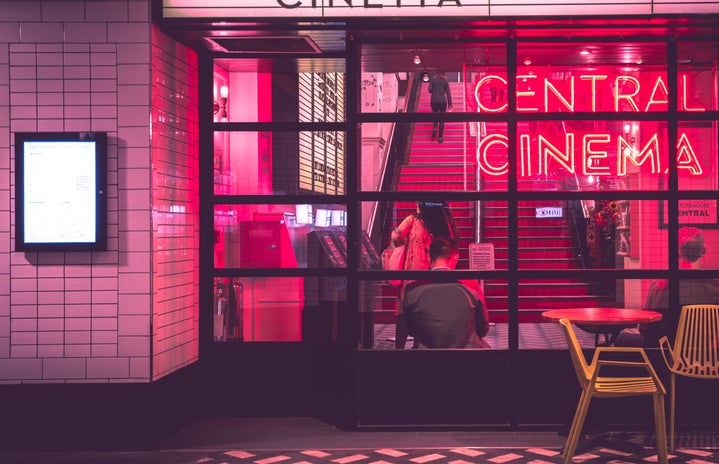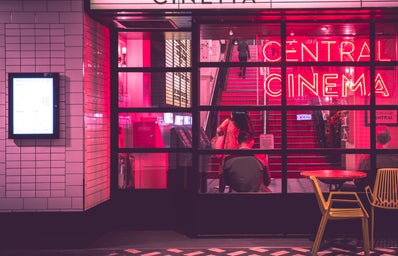Back in 2016, moviegoers unanimously agreed that Harley Quinn, the Joker’s comically psychotic sidekick and girlfriend, was one of the only redeeming qualities of the critically tanked Suicide Squad. Fans of Margot Robbie’s performance immediately wanted to see more, and luckily she did too. But what does a Harley Quinn movie look like?
Well, it looks like a chaotic explosion of action, laughter, glitter, and independent women. And I can’t get enough of it.
Firstly (and most importantly), Birds of Prey is spearheaded by women. Robbie stars while reprising her role as Harley Quinn and is also a co-producer. The film is directed by Cathy Yan, the second woman to ever direct a DC film, and the script is written by Christina Hodson.
Birds of Prey follows Harley after she goes through a rough break-up with the Joker, leaving her with a target on her back and need for a new sense of purpose. She eventually crosses paths with other women of the DC universe, including Black Canary, the Huntress, and Renee Montoya. While each woman has their own storyline, they all must ultimately attempt to save Cassandra Kane, a young girl who has unknowingly interrupted the evil plot of Roman Sionis, a crazed crime lord.
A huge part of Birds of Prey’s success is Harley Quinn’s funny, eccentric, and somehow relatable voice as a narrator. She starts off in a position that many women have been in: crying on a couch and stuffing her face with junk food in an attempt to recover from the heartbreak of losing the guy she thought was the love of her life. However, it doesn’t take Harley long to bounce back on her roller-skate-cladded feet. Like any girl would do, she gets herself a pet hyena, joins a roller derby team, and blows up a chemical plant. When she gets herself tangled up with Roman’s hunt for a diamond, her humor and kindness shine through. Her bubbly energy is contagious and makes viewers want to be that friend she has sleepovers and makes cosmos with.
When the team behind Birds of Prey set out to make this film, they made it clear to DC Films and viewers that it wasn’t going to cater to the male gaze. The women’s costumes weren’t hyper-sexualized like in Suicide Squad, Harley’s relationship with the Joker wasn’t romanticized, and the film’s R-rating ensured that no one mistook this movie as a ‘chick-flick’.
This goal was carried throughout the small details of the movie; one particular way that I loved seeing it was in the sets. From Roman’s BDSM-inspired club to the funhouse filled with both naked and monstrous female figures, the props constantly fight against the idea that the women are there to submit to men. Harley and her girl gang are not going to be reduced to objects of desire, they’re a force to be reckoned with. Harley cements this message in her final fight with Roman by telling him that the Joker isn’t the one people should be afraid of, it’s her.
The movie’s greatest strength (and there are many of them) is how Harley develops into her own character and woman. Harley starts her narration off with the beginning of her life— not the beginning of her relationship with the Joker. He is merely a part of her story, not the entirety of it. This, however, is not at first recognized by Gotham City. When she drunkenly stumbles into the Black Canary, Harley expresses how dependent she feels her identity is on her ex.
“Do you know what a harlequin is? A harlequin’s role is to serve. It’s nothing without a master. No one gives two shits who we are, beyond that,” Harley broods, drink in hand.
This scene is so important that it was used for a good portion of the movie’s trailer. It is the moment that Harley realizes how much of herself she has sacrificed, and how desperately she wants to take it back. The rest of the film shows just that; Harley takes back what is hers. She is more than someone else’s sidekick or romantic interest, she’s her own person. This lively, glitter-fueled movie achieves the same sense of freedom as its main character does: Birds of Prey is more (and better than) the origin story it was handed.


